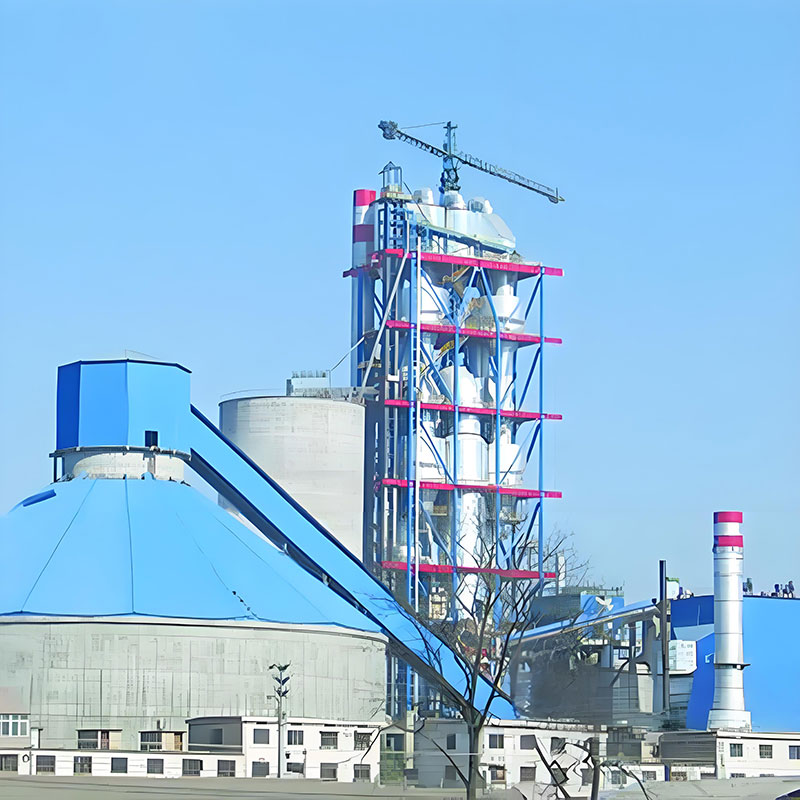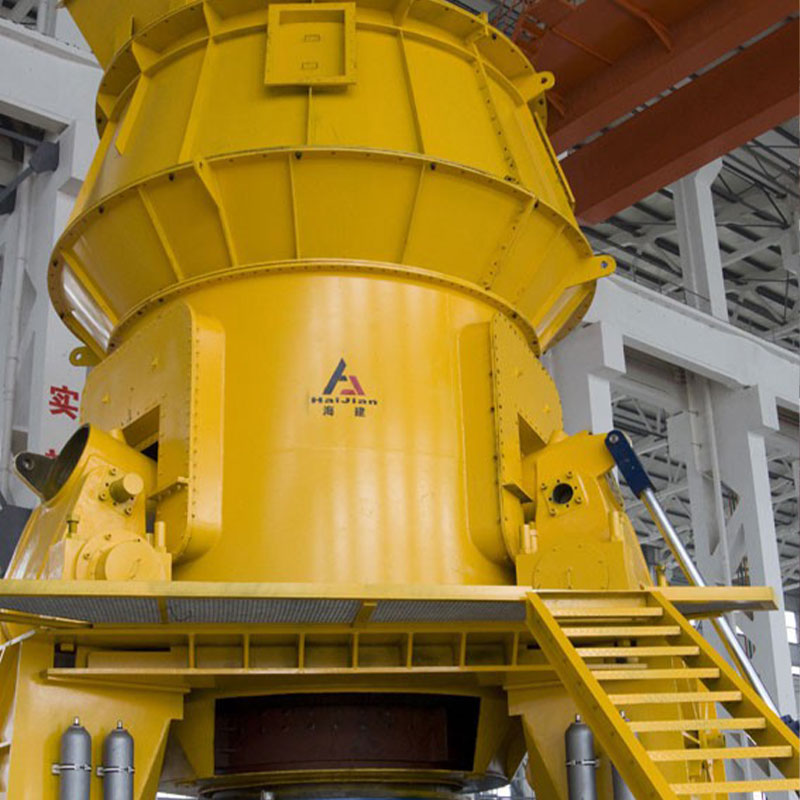How to Optimize Rotary Kiln Operation to Improve Production Efficiency?
Optimizing rotary kiln operations to improve production efficiency is a systematic project that involves many aspects such as technology, equipment, management, and energy. The core goals are: to maximize the per-hour output, reduce energy consumption (especially heat and electricity consumption), and extend the kiln lining life and operation cycle while ensuring product quality and safe production.
1. Process operation optimization: the core to achieve stability and efficiency
"Stability" is the cornerstone of efficient production in rotary kilns. Fluctuations in any process parameters can lead to increased energy consumption and reduced yields.
Optimize burner operation:
Flame shape adjustment: Adjust the length, stiffness and shape of the flame according to the working conditions in the kiln (such as ring formation and material pre-burning conditions). The ideal flame should be complete and smooth, without washing the kiln skin, and the high temperature area should be moderate.
Primary air volume and wind speed: On the premise of ensuring flame stability, try to reduce the primary air volume and wind speed. This can reduce the cold air brought in by the primary air and increase the temperature of the secondary air, thereby reducing coal consumption. Promote the use of low primary air volume burners.
Fineness and concentration of pulverized coal: Ensure the fineness of pulverized coal and a reasonable degree of mixing of air and coal to ensure rapid and complete combustion of pulverized coal.
Stable thermal system:
Control the kiln speed and feeding amount: Adhere to the principle of "fast rotation of thin materials". When kiln conditions permit, maintaining a high kiln speed and matching feed volume will help improve heat transfer efficiency and output.
Stabilizing the negative pressure at the kiln head: The negative pressure at the kiln head is the key to ensuring the flame shape and ventilation in the kiln. The slight negative pressure (about -5 ~ -10 Pa) can prevent the kiln head from erupting fire and avoid inhaling too much cold air.
Stable decomposition furnace temperature: For kilns with a decomposition furnace, the outlet temperature of the decomposition furnace must be strictly controlled within the set range (usually ±10°C). The pre-burning decomposition rate of materials (usually >90%) is the key to increasing kiln output.
Optimize system air volume matching:
Balance the kiln air volume: Reasonably adjust the tertiary air valve and the kiln tail shrinkage gate to achieve the best match between the air volume of the kiln and the calciner. The goal is to ensure that there is enough oxygen for pulverized coal combustion and that materials can be transported smoothly.
Reduce system air leakage: System air leakage (especially the kiln tail seal and the connections at all levels of the preheater) is the enemy of energy consumption. It will reduce the exhaust gas temperature, increase exhaust power consumption, and affect the preheating effect. Air leakage points must be regularly inspected and managed.

2. Equipment maintenance and improvement
Equipment is the basis for efficient production, and any failure will lead to downtime and huge losses.
Kiln lining and kiln skin management:
Use high-quality refractory materials: Use high-performance refractory bricks in key locations (such as transition zones and firing zones) to extend service life.
Stable kiln skin: Form and maintain a uniform and stable kiln skin by stabilizing raw meal composition, fuel quality and operating parameters. This is the key to protecting the kiln lining and reducing heat loss.
Regularly detect the temperature of the kiln barrel: Use an infrared scanner to monitor the temperature of the kiln barrel, detect the peeling of the kiln skin or the thinning of the kiln lining in time, and take measures.
Maintenance of transmission and support devices:
Ensure good contact between the supporting wheel and the wheel belt: Regularly check the stress of the supporting wheel, adjust the position of the supporting wheel, and avoid abnormal contact such as "eight-shaped" or "flare-shaped" to reduce transmission power consumption.
Maintain the linearity of the kiln body: Regularly check and adjust the centerline of the kiln body to ensure its linearity. Centerline misalignment is a major cause of increased power consumption, refractory brick damage and mechanical failure.
Upgrade key equipment:
Adopt frequency converter: Use frequency converter to control high-power equipment such as kiln main drive, cooling fan, high-temperature fan, etc., which can accurately adjust the speed according to the actual load and achieve significant power saving effect.
Upgrade high-efficiency sealing devices: Upgrade the sealing devices at the kiln head and kiln end to more advanced sealing forms such as fish scale type and graphite block type to significantly reduce air leakage.
3. Production management and control strategy
Apply advanced process control:
DCS/PLC system optimization: Make full use of the distributed control system to establish and improve automatic control loops for key parameters (such as decomposition furnace temperature, kiln head negative pressure, etc.) to reduce fluctuations in manual operations.
Strengthen personnel training and assessment:
Standardized operations: Develop and strictly implement standard operating procedures to unify the ideas and techniques of central control operators.
Implement preventive maintenance:
Shift from "post-event maintenance" to "preventive maintenance" and "predictive maintenance." Utilize data analysis from online monitoring equipment (such as vibration monitoring and temperature monitoring) to predict equipment failures, reasonably arrange maintenance, and avoid unplanned downtime.
Waste heat recovery and utilization: Make full use of the waste heat of the exhaust gas discharged from the kiln head cooler and kiln tail preheater for power generation or drying raw materials, improving the energy utilization efficiency of the entire system.
News Category
Recommended Products
It is focused on the overall solution of dry bulk material port transfer system,
research and development, manufacturing, and service
- Product Category
- >Cement production line
- >Environment protection
- >Metallurgical and mining equipment
- >Pressure Vessel
- Quick Links
- >Products
- >Company
- >Equipments
- >Solutions
- >Services
- >News
- >Contact
- Contact us
-
-
 Call us for support+86 13584702563
Call us for support+86 13584702563 -
 Call us for supporthaijian@haijianstock.com
Call us for supporthaijian@haijianstock.com -
 No. 198, Shuanglou Road, Qutang Town, Haian County, Jiangsu Province
No. 198, Shuanglou Road, Qutang Town, Haian County, Jiangsu Province
-


 English
English  русский
русский  Español
Español 









